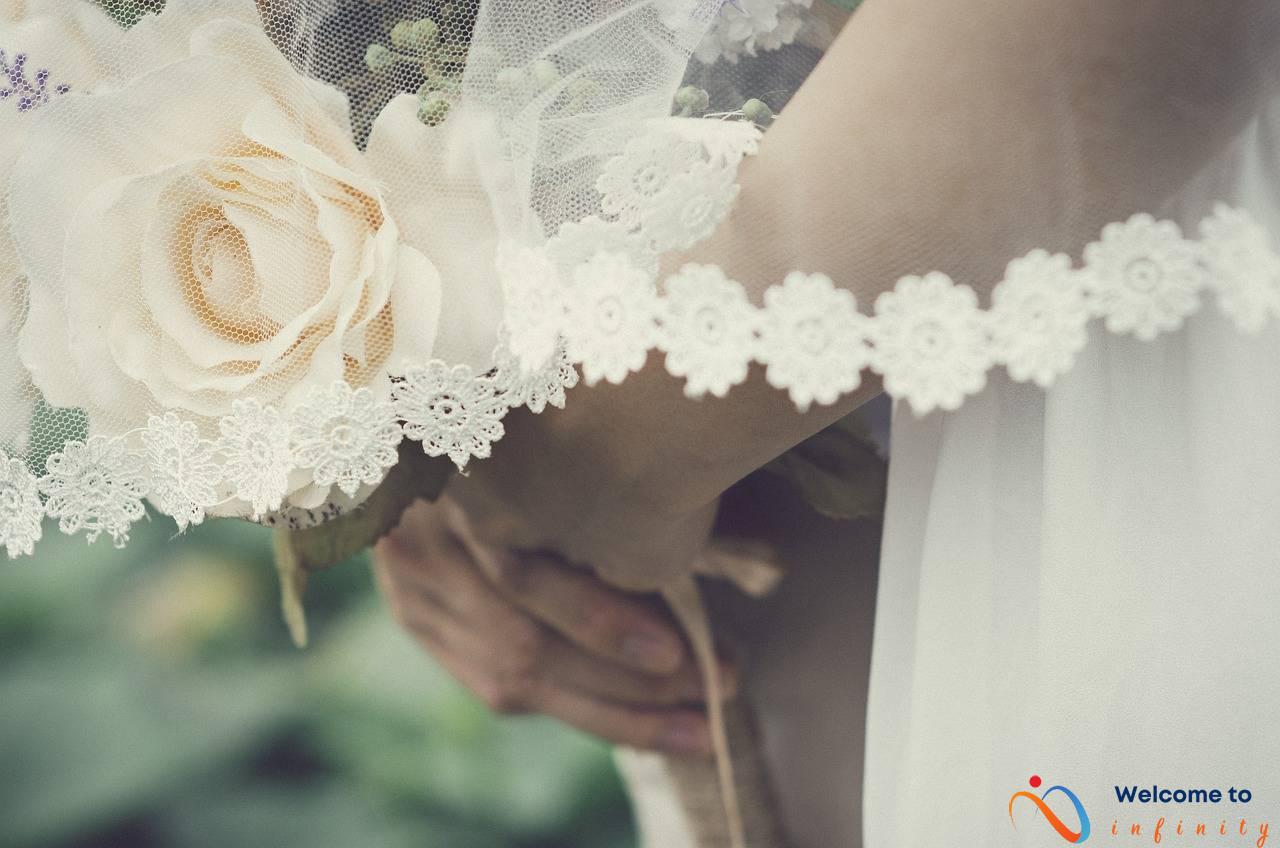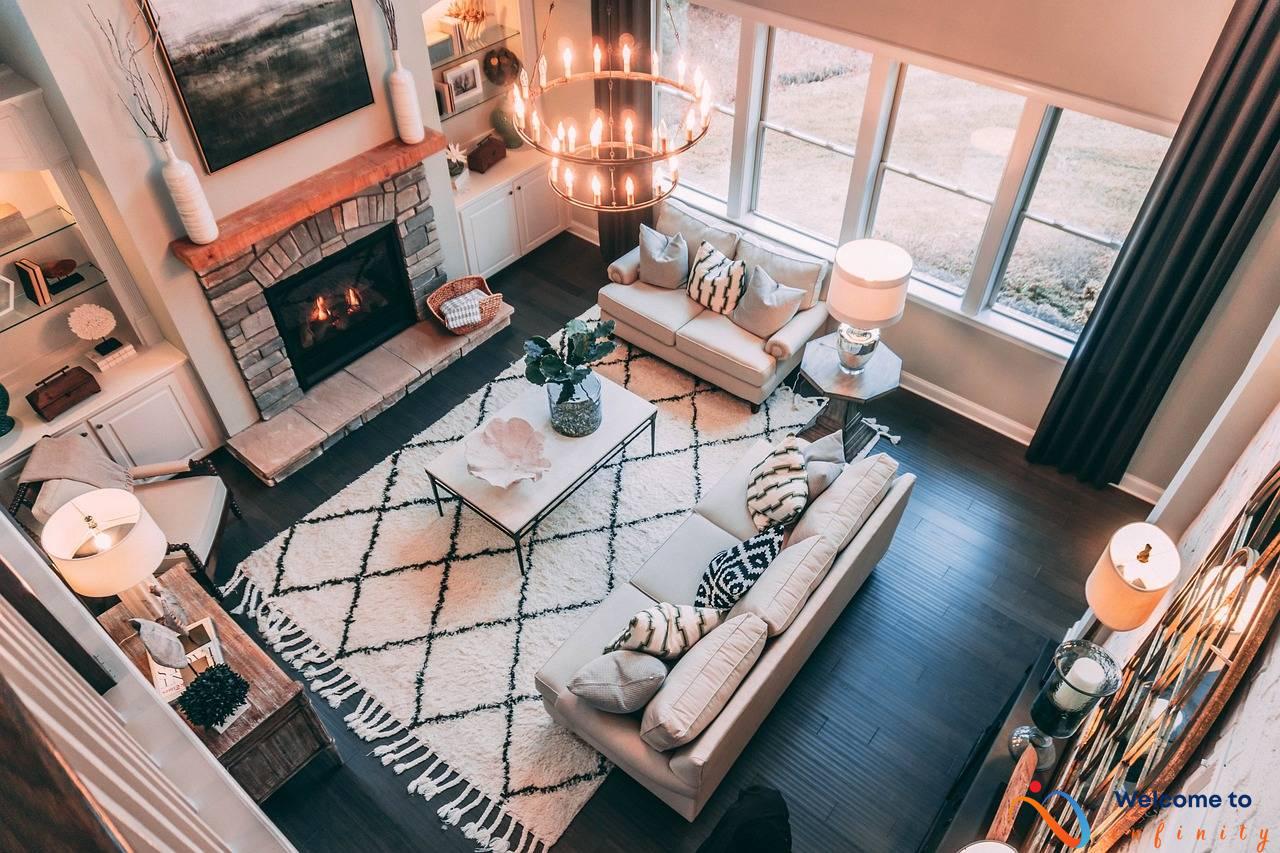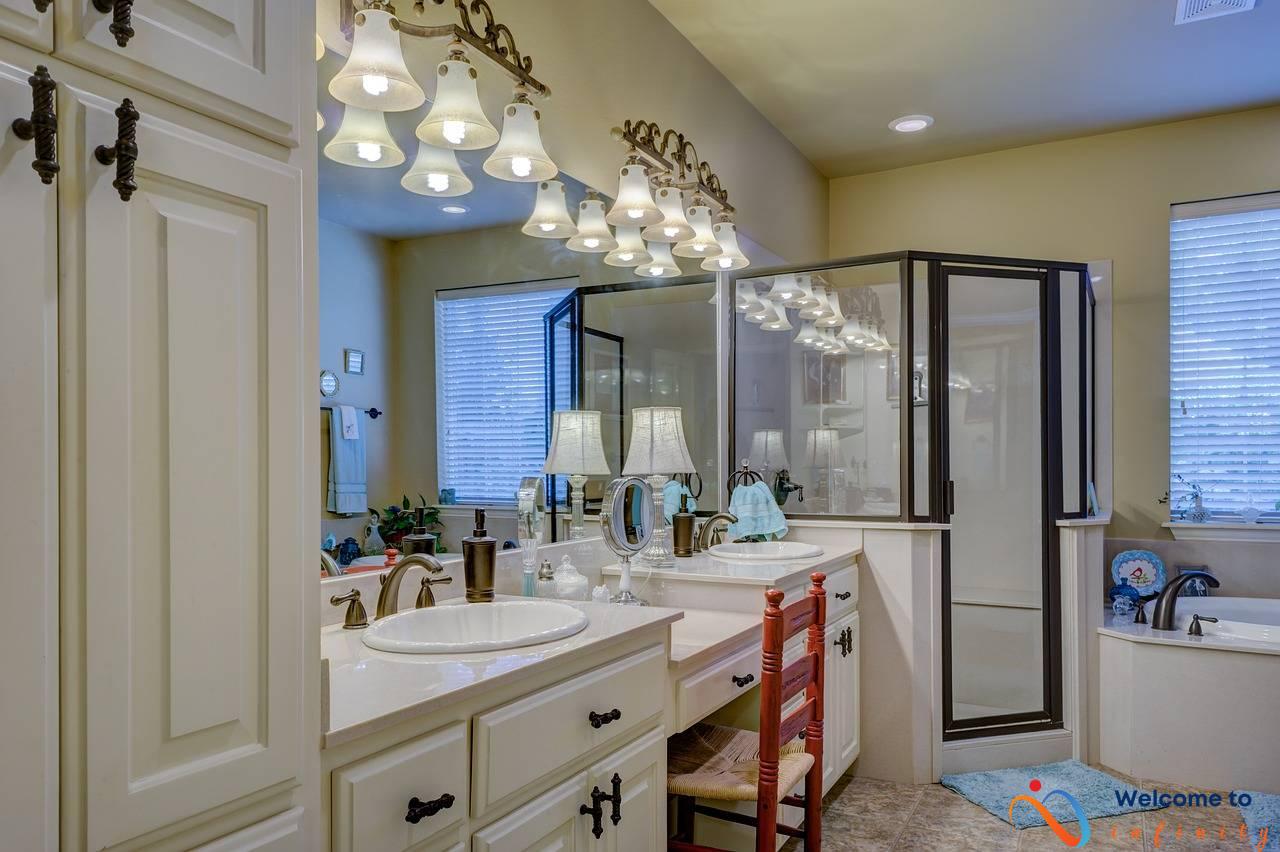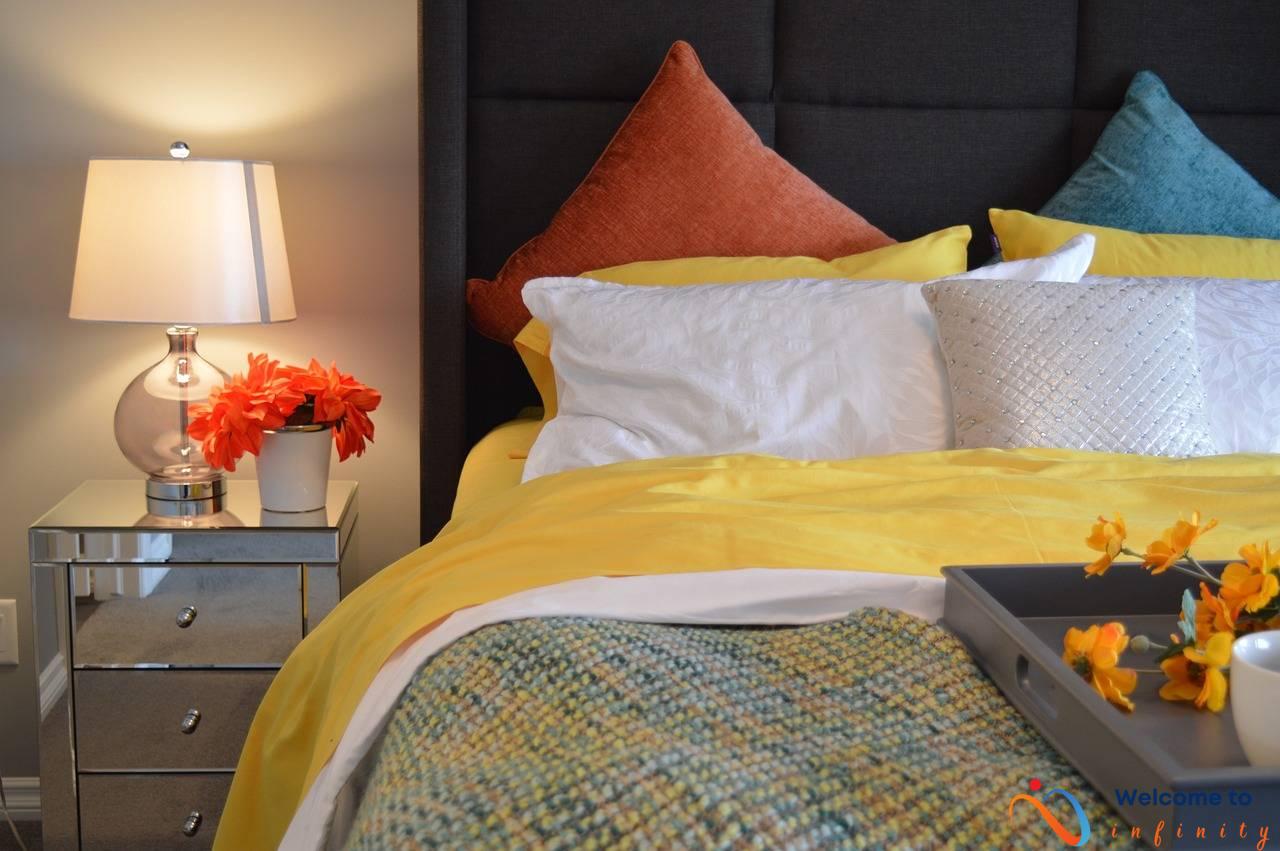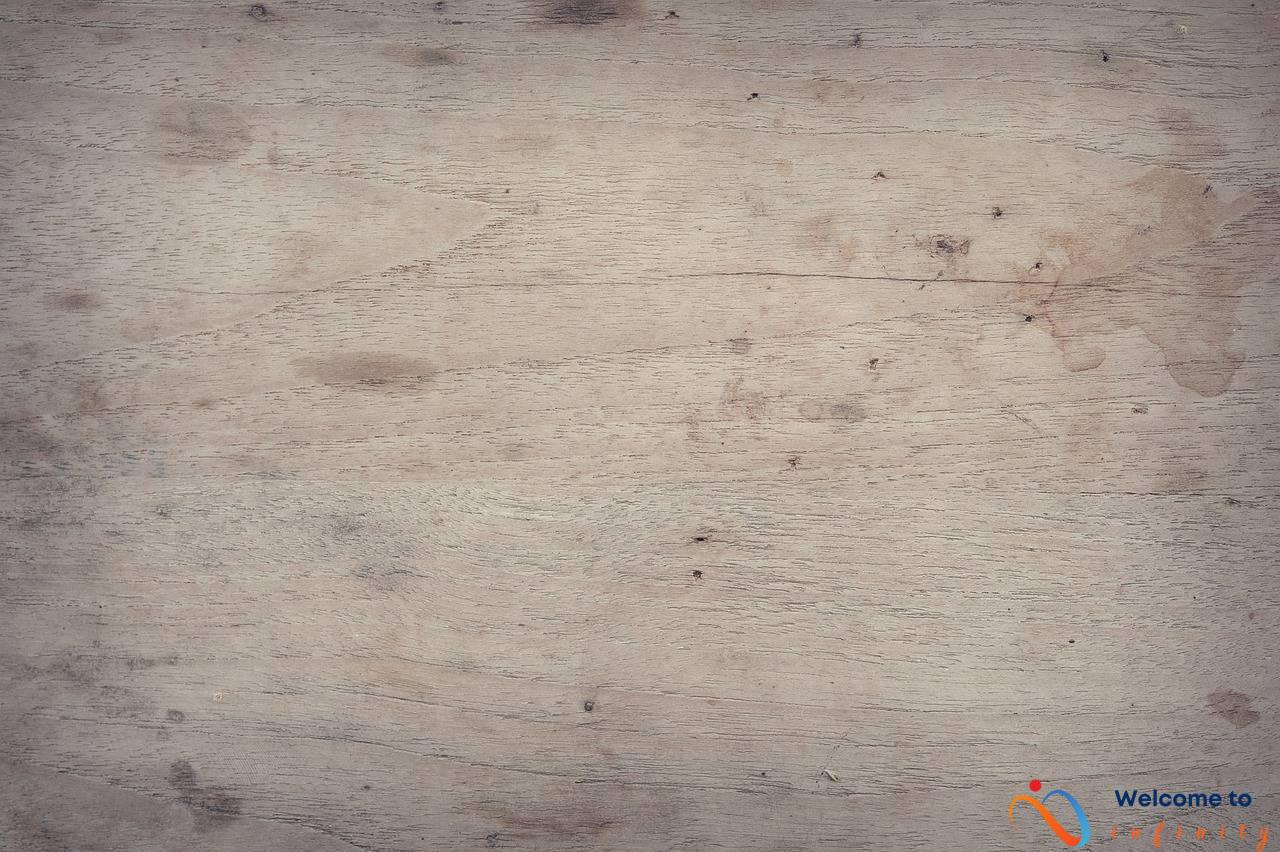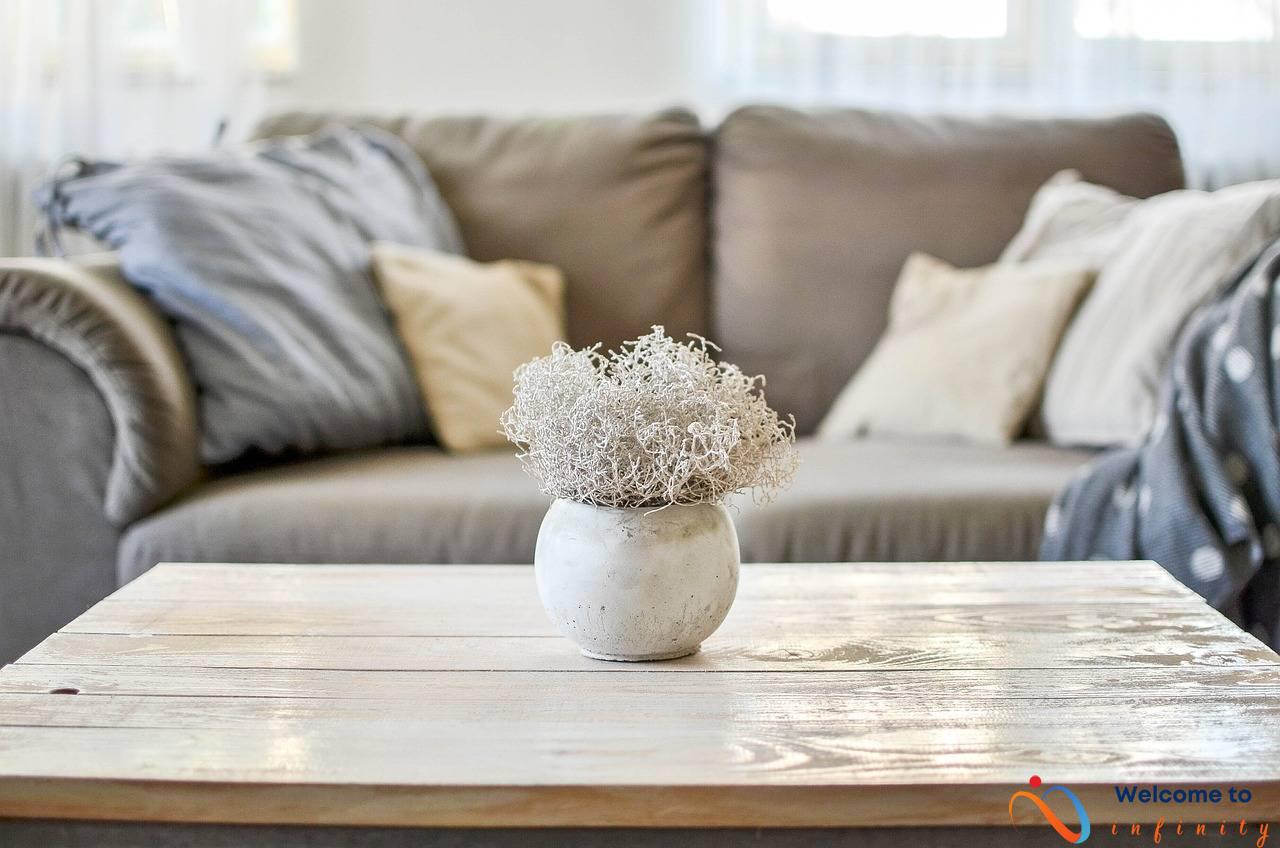If you're looking for a design style that combines the best of both worlds, look no further than transitional design. This style blends contemporary and traditional elements flawlessly, creating a beautiful and timeless look that can work in any home.
At the heart of transitional design is a neutral color palette that serves as a backdrop for a mix of textures and materials. The clean lines with subtle curves give the style its harmonious balance of old and new elements. Whether you're looking for a complete overhaul or just a few key pieces to update your current decor, transitional design offers a lot of flexibility.
In order to create a successful transitional design, it's important to incorporate both contemporary and traditional elements. For example, you could pair an old rustic table with modern chairs or use traditional patterns in modern colors. To achieve balance, scale and proportion play an important role. Keeping things simple and uncluttered will make a big difference.
Mixing textures is a key element of transitional design. Combining different textures such as smooth and glossy with rough and matte adds depth and visual interest to any space. In terms of color, neutrals are typically used as the main base, while pops of color and pattern can be introduced through accessories and art.
Transitional design can be used in any room of the home, and can be tailored to suit your personal style. In the kitchen, try incorporating shaker-style cabinets with modern hardware or pairing an old farmhouse table with contemporary pendant lighting. In the bathroom, natural stone tiles with modern fixtures like vessel sinks and sleek faucets can offer a modern twist on traditional elements. In the bedroom, try mixing traditional and modern furniture pieces, such as a classic upholstered headboard with clean-lined side tables.
Transitional design offers a beautiful and harmonious blend of old and new elements that can work in any home. Whether you're looking to update your current decor or start from scratch, this style is definitely worth considering.
The Basics of Transitional Design
The Basics of Transitional Design
If you are looking for a timeless and harmonious design style that blends modern and traditional aesthetics seamlessly, then transitional design might be the perfect choice for you. Neutral colors are the base of this style, with pops of color and pattern introduced through accessories and artwork. Transitional design is characterized by a combination of different textures and materials, creating an interesting and visually appealing atmosphere.
Clean lines with subtle curves, as well as a mix of sleek and rustic elements, are key features of transitional design. Striking a balance between old and new elements is important as well. For instance, you can pair a modern sofa with an antique coffee table to create a unique and stylish living room. By mixing different styles and textures you can create a warm and inviting space that is truly one of a kind.
Transitional design values keeping things simple and uncluttered, so it is important to create a balance between the different elements. For instance, you might need to choose a few standout pieces rather than several small items. A glass vase or a colorful painting can become a focal point in your room by themselves – don't let the details overwhelm the big picture.
Another important aspect of transitional design is the balance between smooth and matte surfaces. Mixing and matching textures gives the space depth and visual interest. A shaggy wool rug next to a smooth leather couch, or matte shelves next to glossy kitchen cabinetry, can add that eclectic touch you're looking for.
If you're ready to transform your home into a warm, inviting, and sophisticated space, transitional design might be just what you need.
Incorporating Old and New Elements
Transitional design is all about finding harmony between traditional and modern design elements. At its heart, this style is a fusion of old and new, so it's essential to incorporate both contemporary and traditional pieces to achieve a successful transitional design.
One way to achieve this is to blend an old rustic table with modern chairs. This combination creates an interesting contrast and adds depth to any space. For example, pairing a distressed wooden dining table with sleek, minimalist chairs is an excellent way to create a transitional dining room that is both cozy and sophisticated.
Another way to incorporate old and new elements is by using traditional artwork and modern accessories. For instance, adding a contemporary rug or a modern piece of art to a space with traditional furnishings can create an unexpected point of interest.
When designing with this style, it's important to keep in mind that balance is key. Instead of going all out with either traditional or modern elements, aim to create a cohesive blend that speaks to your personal style. For instance, try pairing an antique mirror with a modern side table or using a traditional chandelier with modern decor pieces.
Overall, transitional design is about creating a timeless aesthetic that blends the best of both worlds. By incorporating old and new elements, you can create a space that is inviting, comfortable, and full of character.
The Importance of Balance
Balance is a key aspect of transitional design. To achieve balance in a space, scale and proportion are essential. Mixing old and new elements can make a space feel chaotic, so it's always important to edit and simplify. While it might be tempting to incorporate a range of accessories and furnishings, keeping things simple is always best.
Avoid over-cluttering a space by sticking to a few well-chosen pieces. It's also important to consider the scale of each piece and its relationship with the surrounding space. For example, if you have a large sofa, pair it with a coffee table that is proportional in size. On the other hand, if you have a small space, choose furniture that is scaled appropriately.
- Use furniture pieces that are appropriate in scale
- Keep accessories and furnishings simple
- Consider the proportions of each element in the room
Transitional design is all about creating a harmonious balance between old and new elements. By keeping it simple, editing carefully, and paying attention to scale and proportion, you can create a space that is beautiful, functional, and timeless.
playing with Textures
Transitional design is all about blending different styles seamlessly into one harmonious look, and textures play a crucial role in achieving this. Mixing textures adds depth and visual interest to any space. Combine smooth and glossy with rough and matte surfaces to create a balance of tactile elements.
For example, in the living room, pair a velvety soft sofa with a leather armchair. Layer a luxurious area rug over a polished hardwood floor to add warmth and texture. In the bedroom, use a mix of fabrics, such as linen bedding with a silk throw. Choose a plush shag rug to contrast against sleek modern nightstands.
Playing with textures is a chance to get creative and add personality to a space. Don't be afraid to mix unexpected materials, such as concrete with brass accents or a vintage woven rug with a modern glass coffee table.
A great way to incorporate texture is through wall treatments. Consider adding a textured wallpaper or a statement stone accent wall. A gallery wall of framed prints or art pieces with different textures and frames is also a great way to add visual interest while maintaining a cohesive aesthetic.
When incorporating different textures, it's important to maintain balance and proportion. Don't over-clutter a space with too many competing textures. Instead, choose a few key elements to focus on and let them shine.
In conclusion, playing with textures is an essential element in transitional design. By combining different textures in a space, you can add depth, interest, and personality. Be creative, experiment, and find ways to incorporate different textures into your home decor.
Color and Pattern
In transitional design, the use of neutrals serves as the main base for the design. Neutral color palettes include colors such as beige, white, gray, and taupe. This creates a peaceful and calming environment, but adding pops of color and patterns can add visual interest and excitement. When incorporating color, it is essential to use a restrained hand and to remember to keep accents to a minimum.
Color and pattern can be introduced through accessories like pillows, curtains, and artwork. A bold striped rug or a colorful accent wall painting can contribute to the overall aesthetic. In order to maintain the balance of the transitional design elements, it's important not to clutter the space with too many colors and patterns.
When it comes to patterns, geometric and floral designs can be used to add visual interest. As with color, designers recommend keeping patterns to a minimum. In this way, the addition of a single colorful patterned piece can be enough to make an impact without overwhelming the space.
Furthermore, using different textures and materials can amplify the presence of color in transitional design. For example, velvet or shaggy fabric can add depth and softness to a space, while pairing it with a concrete or metal furniture creates contrast.
Transitional design can be achieved beautifully through the use of balanced and restrained color and pattern accents. When done properly, this design style can transform any space into a timeless and harmonious environment.
Transitional Design in Different Rooms
Transitional design is not limited to specific rooms in the home as it can be applied in any room, including outdoor spaces. The beauty and timeless aesthetic can be experienced and enjoyed throughout the whole house, creating a harmonious balance of old and new. Here are some ideas on how to incorporate transitional design in different rooms:
The kitchen is a great place to start implementing transitional design. Shaker-style cabinets with modern hardware create a harmonious blend of old and new. Rustic elements such as an old farmhouse table can be updated with contemporary pendant lighting. Mix and match materials, such as a quartz countertop with a stone backsplash, to create depth and character.
The bathroom is another area that can benefit from transitional design, transforming it into a serene oasis. Use natural stone tiles for the flooring and shower walls to create an earthy vibe. Modern fixtures like vessel sinks and sleek faucets add a contemporary touch. Choose simple yet beautiful mirrors and bathroom accessories to complete the look.
The bedroom is where we relax and unwind, making it the perfect place to blend old and new. Choose a mix of traditional and modern furniture pieces, such as a classic upholstered headboard paired with clean-lined side tables. Incorporate textures and patterns through bedding, rugs, and throw pillows. Use soft, neutral colors to create a peaceful atmosphere.
Transitional design is not limited to specific rooms in the house, allowing it to be incorporated into outdoor spaces as well. Use simple yet elegant outdoor furniture paired with pops of color through accessories and plants to create a seamless transition from the indoors to the outdoors.
The Kitchen
The kitchen is one of the most important spaces in any home, and incorporating transitional design elements into this room can elevate it to a whole new level of style and functionality. Shaker-style cabinets are a great way to add a touch of traditional design, while modern hardware creates a sleek and contemporary feel.
If you're looking for a unique twist, consider pairing an old farmhouse table with contemporary pendant lighting. This combination creates a perfect balance between old and new design elements, adding character and depth to the space.
Another way to add interest to your kitchen is to mix textures. Combining smooth, glossy surfaces with rough, matte ones will add visual interest. You can use a glossy subway tile backsplash with a matte finish on the cabinet doors or countertops.
- Use a neutral color scheme as your base, then add pops of color through accessories and artwork.
- Incorporate natural wood textures into the design, such as a reclaimed wood island or chairs.
- Use stainless steel appliances to add a modern touch.
- Keep the space clutter-free with clean, simple lines and minimal accessories.
By incorporating transitional design elements into your kitchen, you can create a space that is both functional and beautiful. Whether you prefer traditional or contemporary design, transitional style can help you strike the perfect balance between old and new.
The Bathroom
Incorporating transitional design in the bathroom can create a timeless and relaxing space. One way to achieve this look is by using natural stone tiles for the flooring and shower walls. Stone tiles add texture and a sense of natural beauty to your bathroom. You can choose from a variety of natural stones such as marble, granite, or even limestone. When installing, make sure to choose a non-slip tile with a textured surface for safety reasons.
To modernize your bathroom, add sleek fixtures such as vessel sinks and sleek faucets. Vessel sinks are a modern take on the traditional basin sink and can be made from a variety of materials like glass, porcelain, or stone. They come in various shapes and sizes and can be a statement piece in your bathroom. Combine them with sleek faucets that have clean lines and a minimalist design to complement the transitional theme. When choosing your fixtures, make sure they match the color scheme of your tiles.
You can also add accents to your bathroom by using artwork or decorative mirrors. Mirrors are especially useful in small bathrooms to make the space appear larger. Choose mirrors with unique frames that add a touch of elegance and sophistication to your bathroom. When it comes to accessories, less is more in transitional design. Simplicity is key, so choose pieces that are functional and complement the overall design aesthetic.
Overall, incorporating natural stone tiles, sleek fixtures, and elegant accents can turn your bathroom into a relaxing and timeless space. With transitional design, you can create a harmonious balance between modern and traditional elements, creating a look that is both beautiful and functional.
The Bedroom
The bedroom is an essential space in a home and transitioning it from a traditional to a modern look can seem like a daunting task. However, with transitional design, you can easily mix and match various furniture pieces to create a space that perfectly fits your personal style and preferences.
Incorporating a mix of traditional and modern furniture pieces is key when it comes to transitionally designing a bedroom. A classic upholstered headboard paired with clean-lined side tables creates a perfect balance of old and new. Mixing textures and materials can also add depth to your space. Utilizing smooth and glossy finishes for your side tables or dressers and pairing them with rougher materials like a textured rug or woven throw blanket also adds visual interest.
When it comes to color and pattern in a transitional bedroom, neutral colors such as beige, cream, or light gray are the perfect base. Incorporating pops of color via accessories such as a colorful throw pillow or patterned rug can add personality and warmth to the room.
Overall, transitional design allows for an endless variety of possibilities in bedroom decor. Mixing traditional and modern designs can create a harmonious balance that is both timeless and beautiful.
In Conclusion
Transitional design is an innovative style that has gained immense popularity in recent times. This design style strikingly combines the old and new, creating a stunning and timeless look that exudes elegance and sophistication. By blending contemporary and traditional elements together, transitional design strikes a perfect balance that ensures a stylish and functional home.
With neutral colors, a mix of different textures and materials, and clean lines with subtle curves, transitional design has proven to be a great option for homeowners who can't decide between traditional and modern styles. One of the advantages of this design style is its versatility. It can easily be incorporated in any room in the home, from the bedroom to the kitchen and outdoor space.
When it comes to achieving the perfect transitional design, balance is a key factor to consider. To achieve balance, it's important to mix old and new elements in a way that is tasteful and pleasing to the eye. For example, combining an antique chair with a modern sofa or pairing old rustic tables with contemporary chairs will create a beautiful fusion. Additionally, playing with textures and adding pops of color and pattern will further enhance the design and give the space more depth and visual appeal.
Overall, transitional design is a smart and stylish approach to home décor that offers a perfect blend of old and new. By incorporating both styles seamlessly, you can create a timeless look that will never go out of style. So, if you're thinking of updating your home décor, consider transitional design for a beautiful and harmonious outcome.




